Movie Review – Wizard Of Oz, The (1939)
Cast : Judy Garland, Frank Morgan, Jack Haley, Bert Lahr, Ray Bolger, Margaret Hamilton, Billie Burke, Terry The Dog.
Synopsis: A young girl is blown to the magical land of Oz during a tornado, and to return, she must make a perilous journey to see the Wizard, who lives in the Emerald City. Along the way, she meets a Scarecrow in search of a brain, a Tin Man in search of a heart, and a Lion in search of courage.
*******
There are classic films. And then, there are classic films. The truly classic film defy both time and tide, surmount the detrimental jibes of critics, and remain an enduring legacy of a time when the world was innocent, and film-making accordingly thus. The Wizard of Oz, recently released on remastered BluRay disc, is one of those rare films that transcends both time and place, remaining in the firmament of genuinely classic films, and will remain so as long as humans stride the surface of this planet. The back-story of The Wizard of Oz is as enthralling a saga as the film itself, filled with the intrigue of actors ending up in hospital and receiving second degree burns. Troubles behind the scenes, however, hardly seem to touch this timeless classic, and it’s a testament to director Victor Fleming that the whole thing comes together as it does.
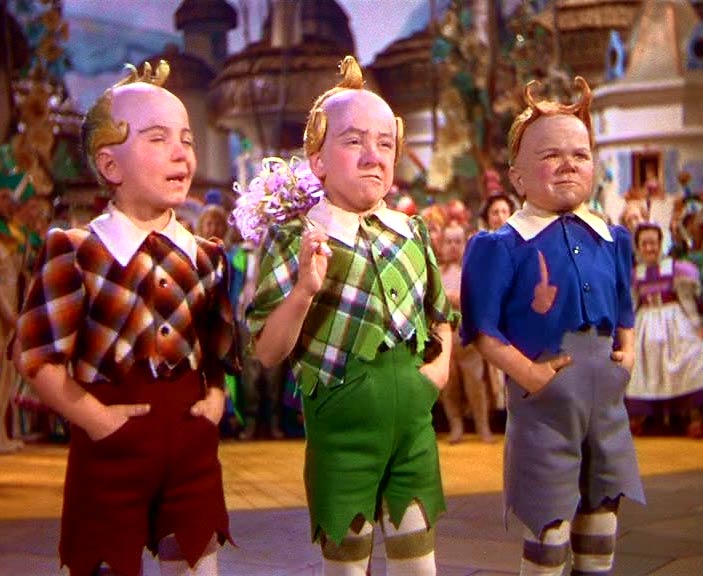
A Brief History
Minor spoilers ahead
It’s worthwhile noting some of the back-story to this film before trying to assess it on a critical level. The Oz concept, of which numerous books were published by author L Frank Baum, had been filmed before this Technicolor version came along, in a number of silent editions. Baum’s Oz books proved to be a goldmine for book publishers, however the cinematic treatment of his stories hadn’t really stuck with audiences in theatres across America. So when MGM decided to produce a big budget version of the Oz story, they asked a group of writers to individually come up with a script (without the knowledge of the writers knowing about each other); some produced scripts with the more magical elements of Baum’s story removed or toned down, while there was even a version involving a music contest, to appeal to the youth of the time. It was felt by the production team that Oz was too fantastical a concept to be made as a straight up fantasy, as this kind of genre hadn’t been successful before. But wiser heads prevailed, and Oz became the more traditional fantasy it was always written as, thanks mainly to “Mr Fix-it” director Victor Fleming. Fleming himself wasn’t the industry’s first choice for a film like Oz. Known as a man able to direct anything in Hollywood, from ballsy action to searing drama and everything in between, Fleming was brought onto the project by producer Mervyn LeRoy after it had already commenced filming, to try and rectify what the studio thought was significant deficiencies in the project. But it was felt that he lacked the sense of magic and whimsy to direct such a light-hearted musical with the wonderment required to pull it off. As history now tells us, those pundits were wrong.
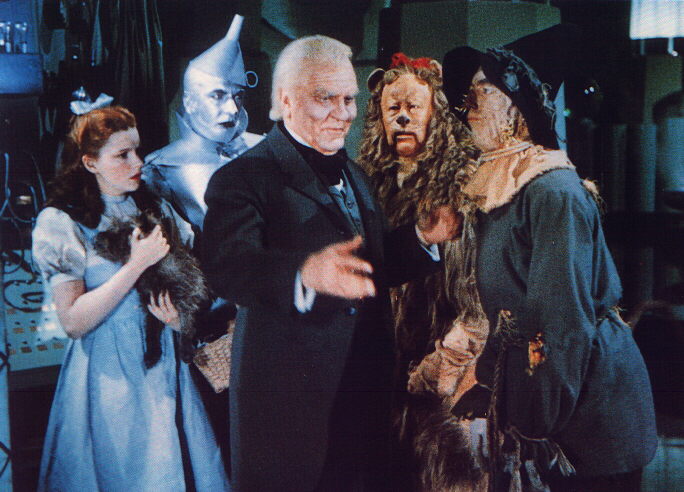
Not only were their script and directorial issues, but casting was troubled as well. Apparently, the producers wanted to cast then-superstar child actress Shirley Temple in the leading role of Dorothy, however after early pre-production auditions, it was felt that a different actress was needed. Producer LeRoy since insisted that he always intended to cast eventual lead actress Judy Garland in the role, although the accuracy of this cannot be ascertained. Original Tin Man actor Buddy Ebsen was carted to hospital nine days into filming, due to the silver aluminium dust he was forced to endure to colour his skin correctly got into his lungs: he spent 6 weeks in hospital. His replacement, Jack Haley, was given an aluminium paste replacement, which didn’t react as badly with the actor. [Note: while Ebsen’s career was partially damaged by this incident, he still outlived most of the rest of the Oz cast, dying of a lung complication aged 95.] Still, even after casting had been settled, that wasn’t the end of the problems for this film.

Directorial issues continued to be a problem for the production, as mentioned before bringing in a number of directors to push the film in the direction the studio wanted. eventually, after a number of high profile directors had come and gone, producer LeRoy settled with Victor Fleming, who stayed with the film until near the end, and gave the movie the focus and drive required to complete it. after a number of costume design changes, set design and script rewrites, the film was finally going in the right direction. One of the key creative strokes of genius on Oz was Flemings decision to film the bookend Kansas sequences in black and white (with a sepia tone put in afterwards) and the Oz sequences in colour, a vibrant Technicolor palette approximating the “rainbow” story point elaborated on by Dorothy in an opening song. With America still emerging from the Great Depression, Fleming decided to approximate this with his use of drab, depressing colour scheme for the first 20 minutes of the film.
Of all the changes of the story from book to film, the most major change is the fact that the book uses Oz as a real place, for Dorothy to escape to when times are tough. The film version, however, changes Oz to be an imagined reality, a dream if you will, which Dorothy suffers after the storm. I’m not sure what the reasoning behind this is, but it doesn’t hamper the dramatic impetus of the film, although the ending is somewhat abrupt and “what the…?” in tone.
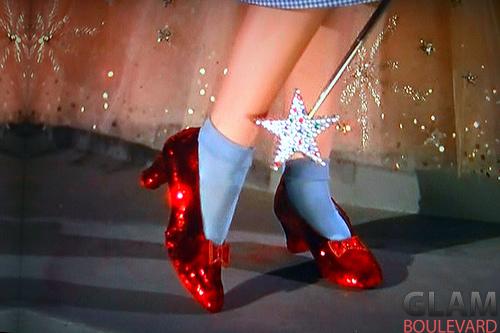
The Film
When one reviews this film, one cannot deny the overwhelming majesty of the production: this was big budget studio film-making for it’s time, replete with state of the art effects and production design. Filmed entirely inside the massive sound stages on what is now the Sony studio lot, The Wizard Of Oz is a staggering achievement of human creativity and design. But at the heart of Oz is a story that captures the imagination, and while all the cinematic trickery in the world can’t overcome deficiencies in plot development, this film is the perfect conflagration of storytelling and magic.
Dorothy, a young girl living with her Uncle and Aunt in Kansas during the Great Depression, is transported to the magical land of Oz after a tornado sweeps her home into the sky. Together with her dog, Toto, Dorothy encounters numerous bizarre characters, including the Munchkins, several witches (including the Good Witch Glinda), and flying monkeys. Arriving in Oz, and killing the Wicked Witch of the East with her house, Dorothy is treated like royalty by the inhabitants of Munchkinland, the Munchkins, tiny dwarf people with high pitched voices. Glinda arrives to send Dorothy on her way to the Emerald City to see the Wizard, the only one who can send Dorothy back to Kansas. She must follow the yellow brick road, which will take her all the way to the front gate of the city. As she journeys, Dorothy encounters a Scarecrow in search of a brain, a man made of tin in search of a heart, and a cowardly lion, all of whom join her on her journey to see the Wizard. However, upon making it to the Emerald City, they find the Wizard to be a belligerent, somewhat unhelpful being, who sends them on a mission to prove their worth to receive their gifts. Their mission: to kill the Wicked Witch of the West, who seeks to obtain Dorothy’s special ruby slippers for herself.
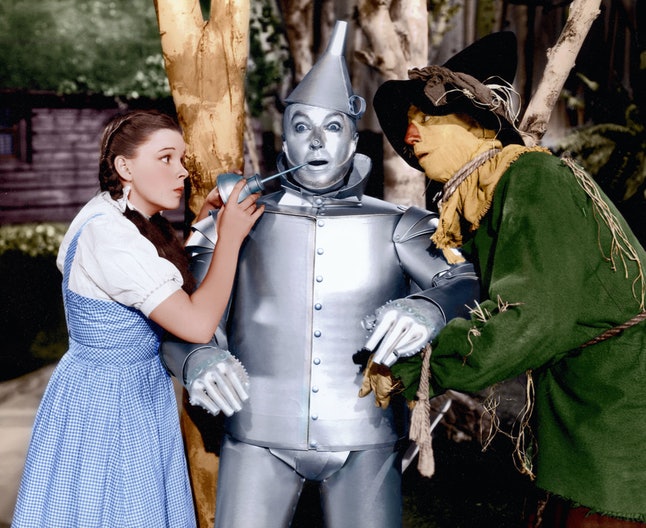
If there’s one single way of describing The Wizard of Oz as a film, it’s as genuine family entertainment. This film will appeal to just about anybody of any age. The characters are sweetly portrayed by the main cast, especially a star-making turn from Judy Garland as Dorothy. Garland’s wide-eyed, doe-faced Dorothy is a picture of teen innocence, her pouting lips and rosy cheeks would become the de-facto standard for her type of character. The film’s central villain, the Wicked Witch (Margaret Hamilton) is defined by her cackling voice and nasty green hue, a caricature which would be the defining portrayal of witches for generations, particularly with the Warner Brothers cartoons doing the pastiche of this character numerous times as well. Hamilton’s raspy, scratchy voice is perfect for the role, and no doubt will terrify younger children.
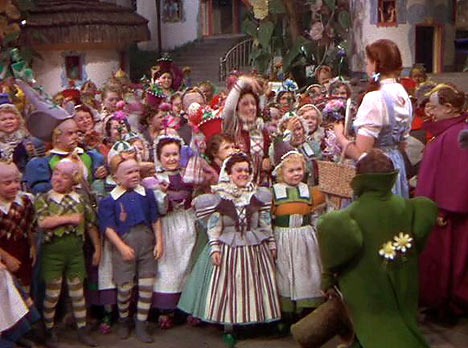
Ray Bolger, as the Scarecrow (as well as farmhand Hunk in the Kansas sequences) is by far the best of the fantasy characters, his wobbly vaudeville background serving him well as the skittish straw man. According to various sources, there was apparently a sub-plot in Oz involving Hunk and Dorothy having a relationship which was more than simple friendship after her adventure, although only a single remnant of this remains in the final film, at the very end. Bolger brings a level of empathy to the Scarecrow, perhaps of all the characters in the film, he’s the most pitiful. But it never dwells on the negative, rather, the Scarecrow’s journey is an uplifting, humorous one to obtain a brain. Jack Haley, the replacement Tin Man, does a great impression of a stiffly jointed robotic character, another vaudevillian song-and-dance man putting his well-honed skills to great use. The Tin Man is perhaps the least accessible of the four lead characters, which is ironic considering his steely exterior! His search for a heart is probably the least involving character arc, and while Haley does well with the performance, the script doesn’t give him mush room to stretch his legs acting-wise.
By far the most visually impressive character performance (for me, anyway) is Bert Lahr as the Cowardly Lion. Lahr, also from the vaudeville scene (as were most comedians of the day, since TV was a relatively new technology, and consequently quite expensive for all to own and enjoy… not like the cheap ones of today) does a great job underneath a mountain of fur and make-up, his cowardly lion a cross between Jim Carrey and Snagglepuss. Indeed, Lahr’s vocal performance here appears to be the base for Daws Butler’s “Heavens to Mergatroyd” characterization of the pink pussy-cat much later. Lahr is the most comedic of the three companions, his whiskered face gurning and mugging to produce a chuckle or two throughout.
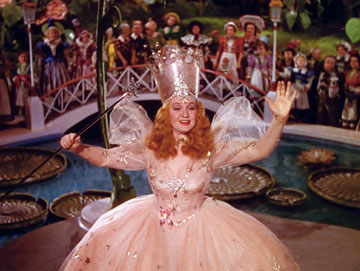
It’s always going to be hard to criticize a classic film of this magnitude in any way, but there are a couple of things I felt I should mention at this stage. After all, I’ve gushed enough to last at least three reviews, so a few negatives might need to be produced to prevent any concerns of bias I may display. First, the scripting. Oz isn’t a perfect script, let’s set that straight. Character development itself, outside of Dorothy, feels rushed and sometimes forced. Yes, it’s a fantastical story itself, but the characters don’t appear to grow in an organic and believable way, they simply do so because the script demands they do. Perhaps a product of it’s era, for sure, but something worth mentioning. Dorothy’s growth as a character, her arc in learning that there truly is no place like home (perhaps a rather sentimental theme considering today’s pop-culture Facebook-driven world) seems a little kitsch now, and I think the limitations of the films production constraints show here. Subplots involving the Scarecrow aside, it might have been nice to have a little more development of the foursome’s relationships. Instead, as with numerous musical films of the time, the dazzling sets and larger-then-life characters outweigh any real dramatic weight. I know, I know, I’ll find a special space reserved for me somewhere in Hell for saying so, but those are my thoughts on this. I’m a major believer that story and characters should come first, and while I can merit the reduction in this element of the film to enhance the magical nature of the tale, I still found myself wanting more on the key leads.
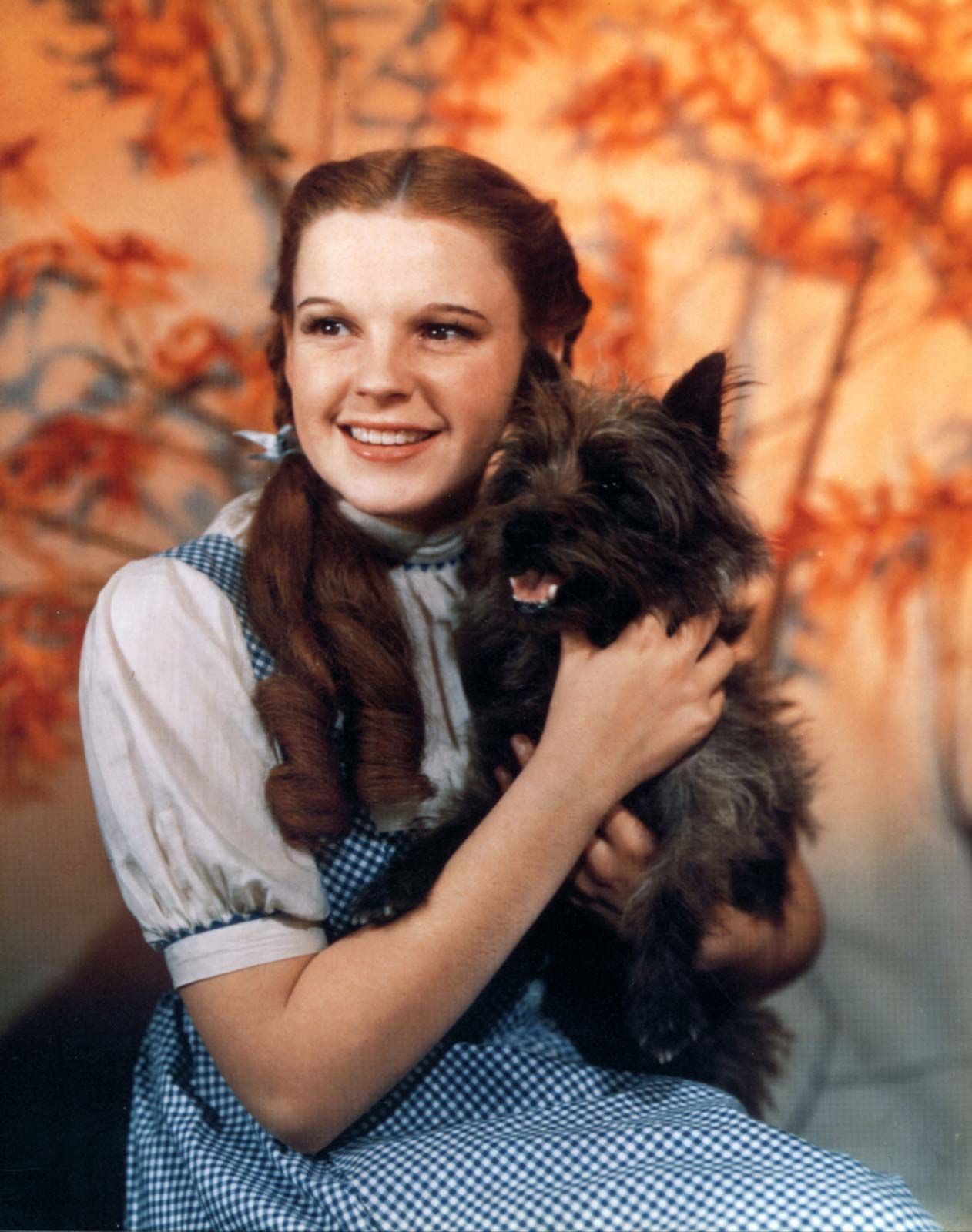
The other (minor) negative I have on this version of Oz is the decidedly melancholy third act. Once Dorothy arrives in the Emerald City, and meets the Wizard, the film becomes a darker, more intense entity. Now, I’m all for throwing your characters into scenarios that make them (and us) uncomfortable, but the Wizard’s bizarre behaviour and the battle with the Wicked Witch irritated rather than entertained. Dorothy needs to go through some kind of peril to achieve her goal, that’s fair enough. But there’s no real precursor to this darker mood in the film, the flying monkeys and spooky woods seem to darken the brighter, more effervescent moments earlier down. Perhaps I wasn’t expecting the film to go so dark without at least a little warning, but the “mood” of the final act left a slightly bitter taste in my mouth.
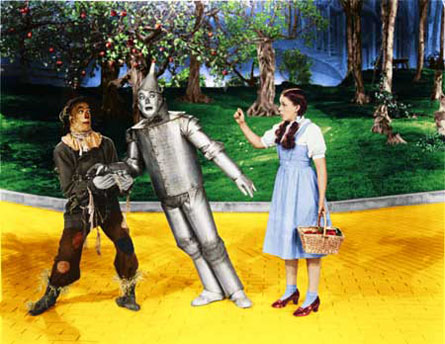
On the plus side, apart from that which I’ve already mentioned, is the wonderfully evocative score from Herbert Stothard, and with songs by lyricist EY Harburg and music by Harold Arlen. Harburg and Arlen would win an Oscar for their song “Somewhere Over The Rainbow“, a melody which has been covered countless times, but probably never as well as Garland’s iconic original. Stothard’s lyrical, alternately majestic and wondrous themes, evoking both time and place, remain classic. The tornado sequence (more on the effects in a moment) in particular, which sends Dorothy to Oz, is brilliantly edited and scored, a masterpiece of film-making in itself which catapults the viewer into an emotional response regardless of how stodgy the direction might be by today’s standards. Stothard’s continual reprise of the now iconic theme of “We’re Off To See The Wizard“, using alternate phrasing and melodic structure, uses it’s own arc of tone to enhance the on-screen action. It’s a superb score.
I think the first time I ever saw this film, and probably the last time too, was an early school holiday screening on TV during the early 80’s. My earliest distinct memory of the film was being completely underwhelmed by it; I think I felt it was too feminine for my developing male tastes. I much preferred Doctor Who and Knight Rider, you know, manly, geeky shows which caught my attention. Of course, my taste in film effects, such as they were, were more astounded by films like Tron, The Last Starfighter and The Neverending Story. Those were the films of my childhood. Which is a roundabout way of trying to build up just how enamoured I was by the quality, and quantity, of special effects in The Wizard Of Oz. Anybody watching the film today will not be able to get past those amazingly realistic tornado effects without asking “how in the heck did they do that?”, considering the incredible limitations with visual effects of the late 1930’s. Sure, nowadays that whole tornado sequence would be 99% computer generated, all filmed on green-screen with safety harnesses and flashing lights. But in the 30’s, the film-makers had to use their brains in other ways. They had to think of how to achieve something with things that actually existed. The Wicked Witch’s arrival into Munchkinland, in a blaze of orange smoke, is easy to pick apart, but surprisingly well done for it’s time; as is her departure from her castle at one point, in which a miniature witch on a broom flies around in a circle before zooming off. There are numerous other well designed effects, all of which are amazingly effective to this day.
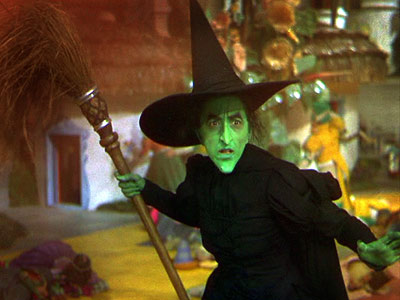
While the negative bits of this film are grossly outweighed by the positive, it’s fair to say that at times you get the sense that the idea of The Wizard Of Oz is greater than the actuality. Hollywood’s constant idolizing of it’s classic films, like Citizen Kane and Casablanca, have often blinded modern audiences to appreciating a film of this vintage with the mindset of today’s standards: this is the wrong way to approach the film. The Wizard of Oz is a fantasy, made in pre-war America of the late 30’s. The film has only dated in the technical sense, because the story remains as true today as it ever did. Overlook the technical shortcomings (which are few anyway, it must be said) and embrace the ideology of the film, and you’ll find yourself transported to Oz right alongside Dorothy. There’s a lot to enjoy about this trip.
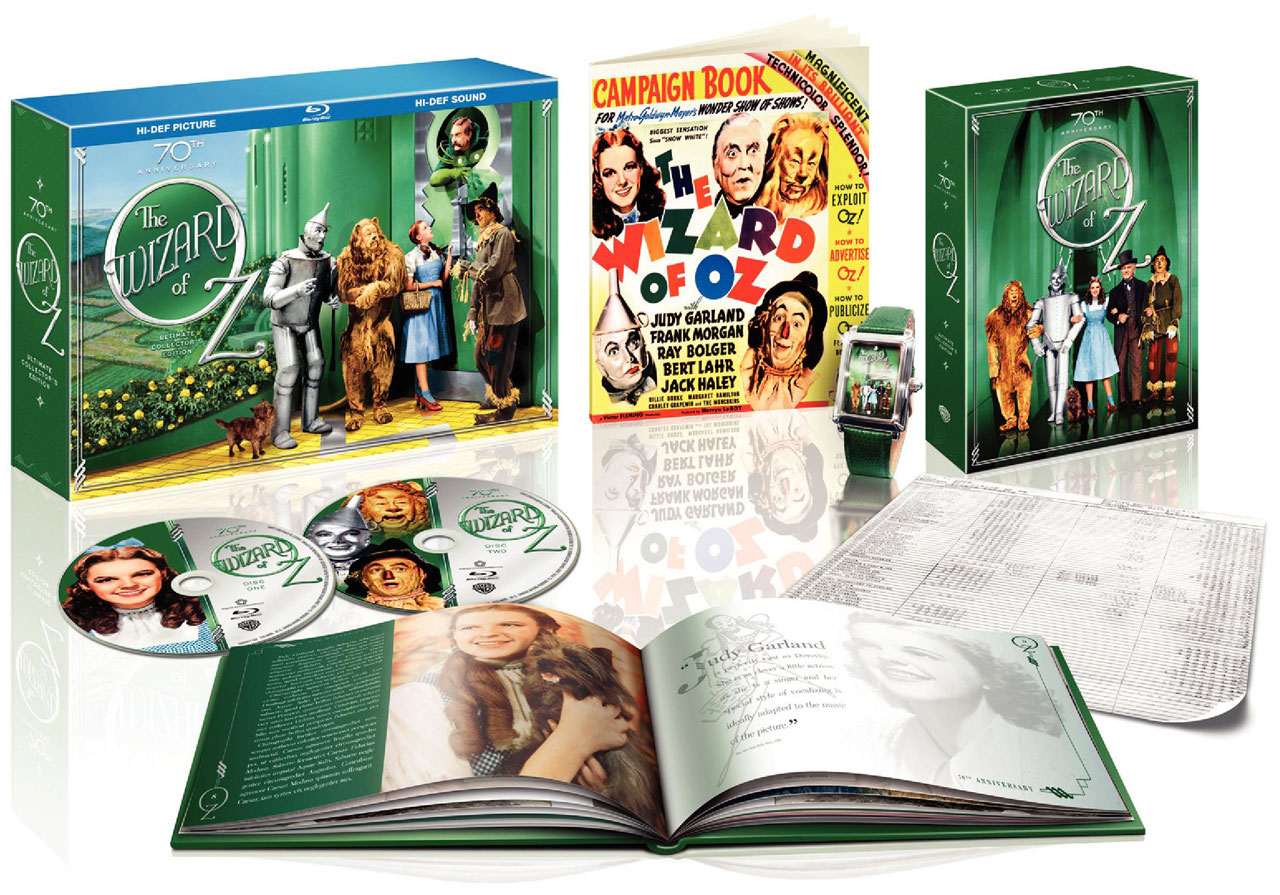
The BluRay Release
I know, I know, we don’t’ normally spend much time opinion-ising on the various digital software presentations of the films we watch, but I felt The Wizard Of Oz was worth a quick mention. The deluxe 2 disc set afforded by Warner Brothers, who own the distribution rights in Australia for the this MGM film, is, in a word, spectacular. The film itself looks stunning, with a frame-by-frame restoration/clean-up making the Wizard look probably even better than it’s release print. The film is presented in its original 1.33 aspect, with a strong image quality on the disc: presentation is astoundingly detailed, although sometimes the very fine detail tends towards being a tad soft. Colour is immaculate, while black detail is of a level you’d think impossible for a film of this vintage.

The available 5.1 sound mix, remixed from the original elements at the studio, was never going to send your house foundations moving across the street, and anybody expecting a subwoofer-testing soundtrack will be horribly disappointed. In fact, the 5.1 mix is fairly well produced through the main channel anyway, with minimal expansion anywhere around the rears. Musical score is more stereophonic than the original mono mix, but is limited by the quality of the original elements. Still, for a film made well before stereophonic recording, Wizard sounds pretty decent.
Yet, for all the film’s positives, the best part of the BluRay disc is still to come. The bonus features, of which there are copious amounts, are staggeringly detailed. Among the many things to see on this set, a number of alternate versions of the Wizard story including some silent films from the early part of the 1900’s, a multi-part TV documentary (hosted by Angela Lansbury) about the production and history of this film, and numerous examinations of almost every elements of the production, including the Munchkins and director Victor Fleming. It’s an exhaustive set which will appease any die-hard fan of this film. Warners are to be commended for producing a package of such high quality.
Anybody keen to check out just how good older films can look on BluRay high definition, need look no further than this set. It’s astoundingly good.
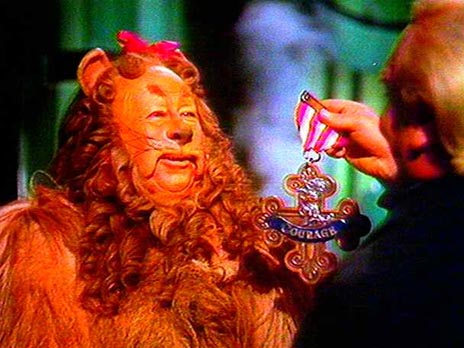
Final Remarks
Okay, so making any kind of negative statements on a film this loved is like pissing into the wind. Eventually, you’re going to get some on you. As I mentioned earlier, any complaints I have about Oz are minor in the most, and only the most pernickety viewer will find anything to really complain about. The Wizard Of Oz is a time capsule of a film, eschewed by the copious bonus materials on the BluRay set; the use of massive soundstages and sets to deliver a wondrous journey into a world that enchants, enraptures, and ultimately makes us dream of finding our own special place, somewhere over the rainbow.

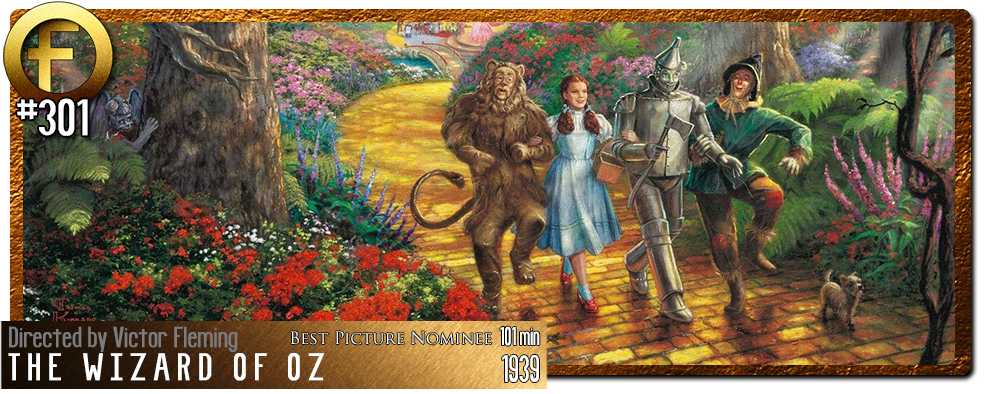
Great review- but the soundstages are on the SONY lot in Culver City, not Paramount. You can tour the SONY lot and see the huge soundstages they used and also learn that the Yellow Brick Road is still beneath the concrete flooring. They chose to simply put new flooring over it, rather than tear it up.
Thanks for the correction. Review edited accordingly! Thanks again!
Hehe, I lol'd at your Image caption for the Munchkins photo "Snow White had seven. Dorothy had an orgy."
That's me! Always bringing a smile to the faces of those with dirty minds! LOL!!